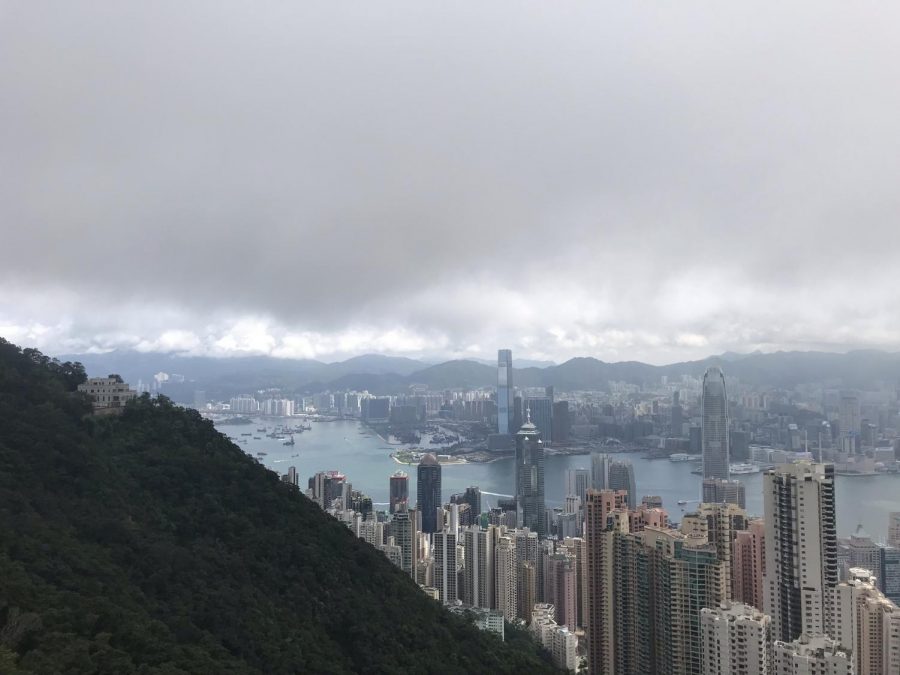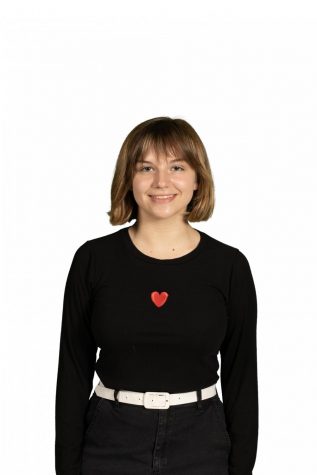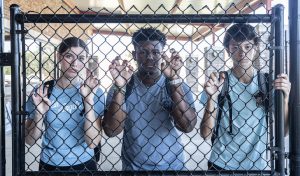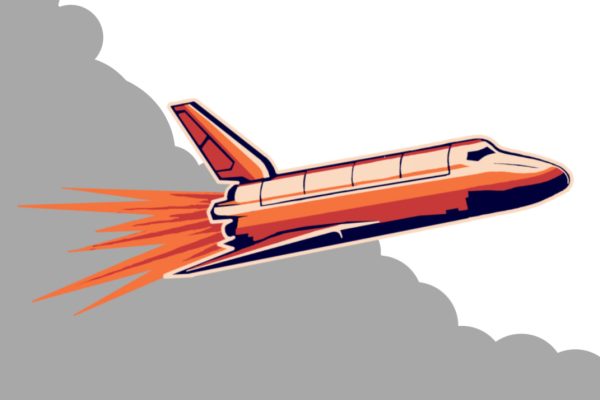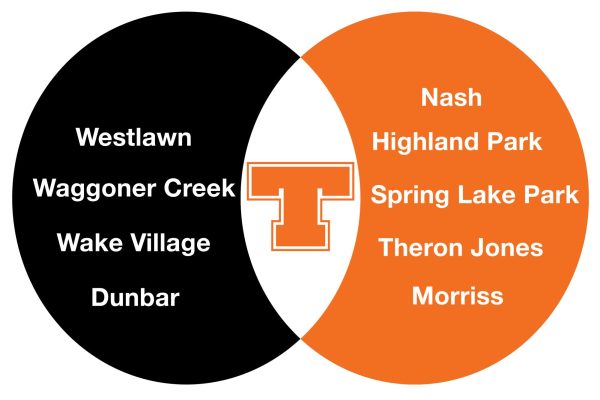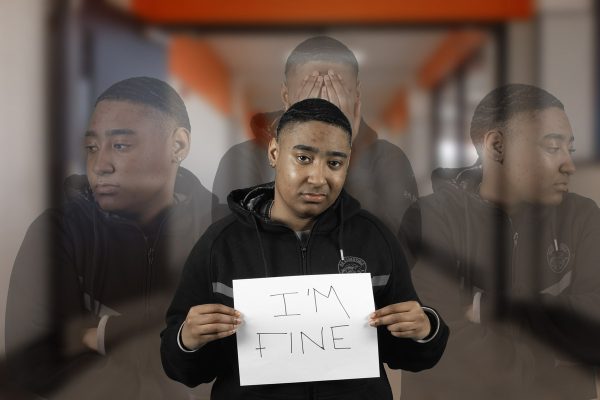From a distance
Untold anecdotes of the Hong Kong protests
Clouds hang above the city of Hong Kong.
February 7, 2020
“What about the protests?”
I fell silent in anticipation of her answer. My tour guide was in deep thought about how to approach my mom’s question as we rode to our hotel. With only a few seconds delay, she slouched her shoulders, stiffened her lip and responded in broken English.
“That will be no problem.”
I sighed in relief at her response, but there definitely was a problem. It goes by the name of the Hong Kong protests.
Although initially a debate over China’s proposed extradition bill, the Hong Kong protests have evolved into much more. Democratic locals are fighting to maintain the region’s independence and prevent its suffocating under China’s leadership. While the protests show Hong Kong’s persistence, it costs the safety of many.

June 12, 2019, was the first time tear gas was involved in the protests. June 16 saw the biggest march in the history of Hong Kong. And June 19 saw me cautiously tiptoe into the city in question.
Those facts seem daunting in retrospect. However, I didn’t know either of them until I entered Hong Kong. The Chinese government bans many social media platforms in mainland China, where I resided for the week prior to my Hong Kong visit. This kept me in the dark regarding the protests’ status. As a result, I was thrown for a shock upon entering Hong Kong’s unstable environment for the first time.
Hong Kong’s atmosphere was, at first glance, anticlimactic. I never stumbled upon maddening crowds waving pitchforks in defiance of their despised government. I never witnessed locals sobbing in the streets for fear of their fading rights. Instead, Hong Kong’s political instability presented itself to me more subtly.
I wasn’t engulfed in the city’s riots, but I did see the political environment’s impact on a small scale. China’s vicious rule was apparent from every turn. When I noticed any local appearing discontempt, blaming their pouting on politics was a fair assumption.
I never saw a real protest in person. I did, however, see the frown on the retailer at the bazaar as he handed me my purchase. I took note of each passerby who glared at the ground while doing their errands. While the source of all of these strangers’ misery may not have been political, there was an uneasiness in the air. It was cold, encumbering and undetectable at first, but it became more apparent as I ventured further into the city.
These feelings of uneasiness developed into an odd sense of guilt. As I took in all the differences between my culture and theirs, it grew increasingly difficult to not somehow feel responsible for their suffering.
An unexpected distinction between the American and Chinese ways of life lay in the walls of Hong Kong. I’d seen graffiti plastered on canvases all over the West, but theirs was unlike any other.
In contrast with the typical cartoons painted along the streets of other cities, Hong Kong’s etchings had a serious tone. They were not the usual scribbles and block letters. They were pieces of paper spread along alleyways. Others were simple signs that read “no extradition.” Unlike a lot of graffiti, theirs was not made to look pretty. It was made as imperfect as the lives of its creators. Although each artwork took a slightly different angle on recent events, they all shared the same message: Hong Kong needs help.
I, however, was in no place to provide assistance. Being a tourist, I was a neutral force amidst this budding political movement. My opinion of a country I would leave in three days was not relevant. As an impartial spectator, my only role in the protests was to observe as the lives of millions crumbled into pieces.
And observe I did, whether I wanted to or not. By day, I watched my tour guide fear her words may fall upon untrustworthy ears. I saw locals stifle their panic to continue with their work week. The daylight showed me the calm before the storm, when the protests were simple displays of discontentment.

Night, however, brought out a different side of Hong Kong. Night was when everyone channeled their fear and sadness into anger and pride. Night was when those pitied during the day formed the maddening crowds we see on TV.
At night, I observed my surroundings from afar. I still watched as if my viewership affected the situation, but this time I saw Hong Kong’s anguish through the small screen. I watched them beg for freedom from the comfort of my hotel room. The television showed them fight for their rights as I drifted off to sleep in a queen size bed. Never have I felt more disconnected from a group so near to me in distance.
That distance grew as I said goodbye to the city that greeted me with cautious words and pleas for help. The city that tried in vain to keep its facade of political stability. The city that made me feel as insignificant as the protesters on the TV.
Today, the protests progress further into riots. What impacted me most was in August, when protesters caused the shutdown of the same Hong Kong airport I entered two months before.
As these months since my visit turn into years, my memory of Hong Kong fails to fade. I refuse to forget these three fateful days. In the US or China, day or night, one thing still remains apparent to me.
The protests are far more complicated than a problem, and it doesn’t take more than a tourist to recognize that.


